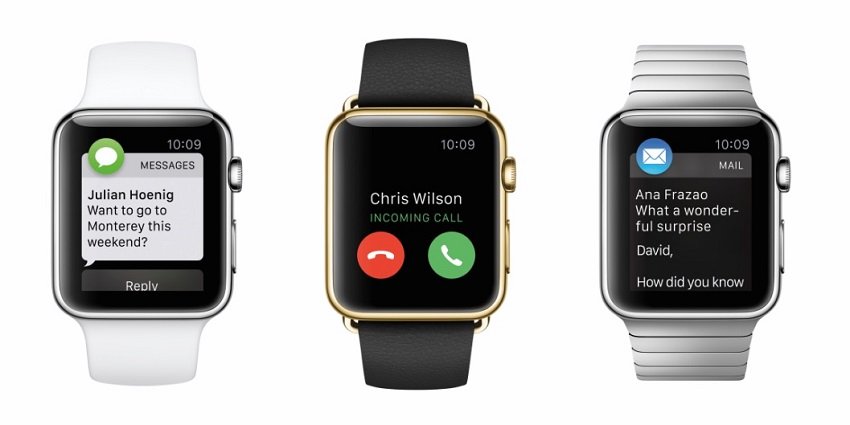Apple announced its new iPhone 7 a few weeks ago and the company sent us a sample unit for review. At first look, the phone almost looks like the iPhone 6s. However, it does come with a range of upgrades that promise better photos, videos, and gaming performance. It also does away with the 3.5mm headphone jack – so the pair of earpods that come with the device, sport a lightning connector at the end.
Apple also bundles in a 3.5mm to lightning adapter – so you can still use your favourite pair of headphones with the new phone. The phone is also available in the new glossy “jet black” finish – the new colour does sound irresistible. We were told that Apple ran out of the “jet black” version hours within the official launch in the region. But the “jet black” features a glossy body that will attract fingerprints pretty quickly and even Apple has suggested it might scratch.

We would either stick with the matte black, silver, or rose gold. We however, received the silver version for review. The screen is brighter and better this time around as the phone uses a 4.7-inch Retina HD display. The camera bump on the back is bigger and that shows the improved 12-megapixel camera, which on paper is brighter at f/1.8, has a 50 percent brighter flash, and can create better photos thanks to a more powerful image processor.
The front camera has been bumped from 5MP to 7MP. But if you want the new, zooming dual-camera feature, you’ll have to go with the bigger iPhone 7 Plus. Look at the bottom, and there’s no headphone jack, as mentioned before. What you get now is a little tail-like white dongle to convert your headphones to Lightning—and no, you can’t charge your phone and listen to Lightning headphones at the same time. Additional dongles cost $9 each, and a dock that lets you charge your phone and listen to wired headphones at the same time costs around $40-$50.
It’s clear that Apple is trying to push us toward wireless headphones, such as its new AirPods, which will be launched later this year. Other physical changes are invisible. Take the dual speakers. One appears to be at the bottom of the phone, while the other one is in the earpiece. Together, they’re much louder than the speaker on my iPhone 6s. Audio quality is also quite good.
The iPhone 7 is also water resistant, although Apple is careful to say it isn’t waterproof—this is more about protection from the occasional dunk. When you touch the home button, you’ll notice another difference. Rather than actually pressing down, now it’s “taptic,” Apple’s word for a touch button with haptic feedback. It takes a minute to get used to, but quickly feels right, and Apple says that various apps will be able to vibrate the home button for different effects. Under the hood, the iPhone 7 has a new A10 Fusion processor. The new quad core chip has two high-performance cores and two hig-efficiency cores.
Most people who go for iOS devices want them, because of the overall experience with the devices. They want them because of iOS, third-party iOS apps, Apple’s service and support network, and the community effects of Apple-only systems like iMessage. The real question is whether it’s worth upgrading from an older iPhone and whether it’s worth picking the big model over the smaller one.
We have not received the iPhone 7 Plus for review, so we won’t be able to comment on the viability of an upgrade to that model. However, the iPhone 7 is a pure performance powerhouse and a significant upgrade over the iPhone 6S. If you are on the market for an iPhone with a better screen, a better camera, a better battery life, water-resistance features and boatloads of new features, the new Apple iPhone 7 could be something that you could look at.
Price: AED 3,399 (256GB)








